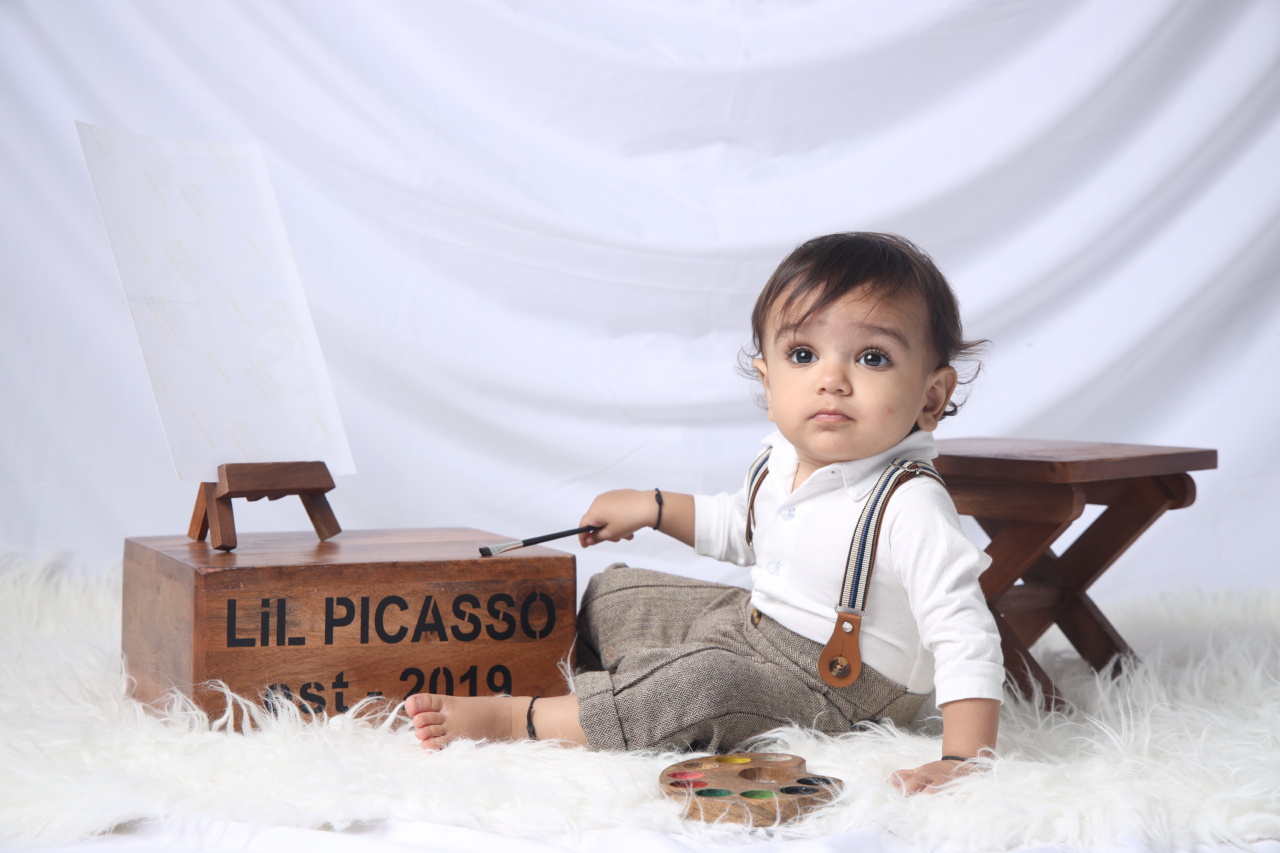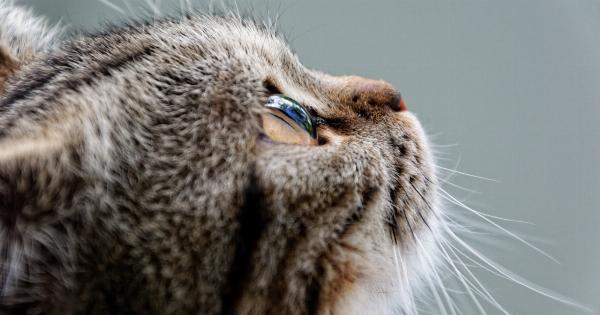Pregnancy is a beautiful and miraculous time in a woman’s life, as she carries and nurtures a growing life inside her.
With the advances in technology and medical science, we can now see the baby’s development inside the uterus in stunning detail, from the moment of conception until birth. In this article, we will explore the incredible journey of pregnancy and how the baby grows and develops inside the womb.
Conception: The Beginning of Life
The journey of pregnancy begins with fertilization – the union of an egg and a sperm. During sexual intercourse, millions of sperm are released into the vagina and travel through the cervix to reach the fallopian tubes, where the egg is waiting.
Only one sperm can fertilize the egg, and the process of fertilization triggers a series of chemical changes that prevent other sperm from entering.
Once the egg is fertilized, it begins to divide into a cluster of cells and travels down the fallopian tube towards the uterus.
In about six to seven days after fertilization, the cluster of cells (now called a blastocyst) implants itself into the lining of the uterus. This marks the beginning of pregnancy.
First Trimester: Major Developments
The first trimester is a crucial time for the development of the baby. During this time, the embryo grows and develops rapidly, and all of the major organs and body systems begin to form.
At around five to six weeks, the developing embryo is no longer just a cluster of cells, but can now be seen as a tiny human-like figure on ultrasound.
By the end of the first trimester, the developing fetus is about three inches long and weighs about an ounce. The baby’s organs, including the heart, lungs, brain, and digestive system, are all developing and functioning.
The fingers and toes are also fully formed, and the baby can even suck its thumb. At this stage, the baby is still too small to feel movement, but the mother may begin to experience physical changes, such as morning sickness, fatigue, and breast tenderness.
Second Trimester: Refining the Features
The second trimester is often called the “honeymoon phase” of pregnancy, as many mothers begin to feel better and experience less discomfort.
During this time, the baby continues to grow and develop, and many of its features become more refined. By the end of the second trimester, the baby is about 14 inches long and weighs about two pounds.
The mother may begin to feel the baby’s movements, such as kicking and stretching, which become more pronounced as the baby grows.
Ultrasound images during this time can reveal incredible detail about the baby’s face, hands, feet, and organs. The baby’s sex can also be determined, if desired.
Third Trimester: Preparing for Birth
The third trimester is marked by the baby’s intense growth and development, as it prepares for life outside the womb. During this time, the baby gains weight and develops more layers of fat, which helps regulate its body temperature after birth.
The baby’s movements may become more limited as it has less space to move around in the uterus.
Beginning around 36 weeks, the baby can be considered “term” and is ready for birth. However, some babies may choose to arrive earlier or later than expected.
As the due date approaches, the mother may experience more physical discomfort, such as back pain, fatigue, and Braxton Hicks contractions, which are practice contractions that help prepare the uterus for labor.
Conclusion: A Journey of Wonder and Amazement
The journey of pregnancy is an incredible time of wonder and amazement. As we visualize the baby’s growth and development inside the uterus, we gain a greater appreciation for the miracle of life.
From the moment of conception until birth, the baby undergoes a remarkable transformation, growing from a tiny cluster of cells into a fully-formed human being. By understanding the stages of pregnancy, we can better appreciate and support the incredible women who undertake this journey.































